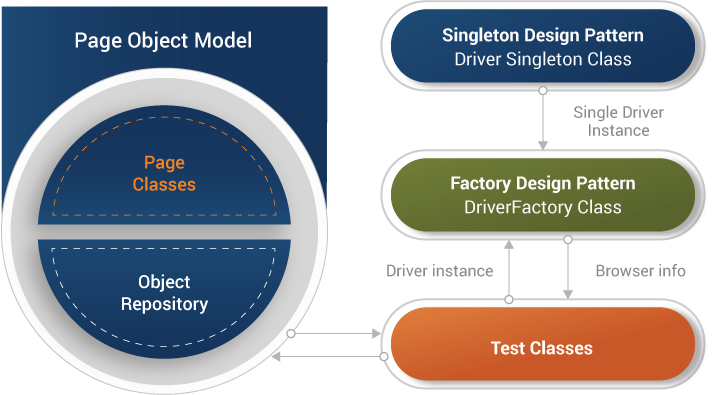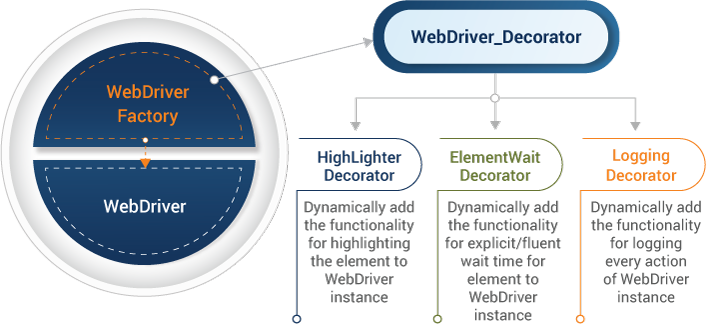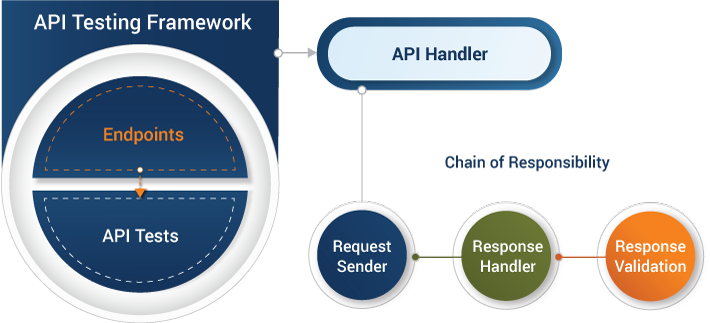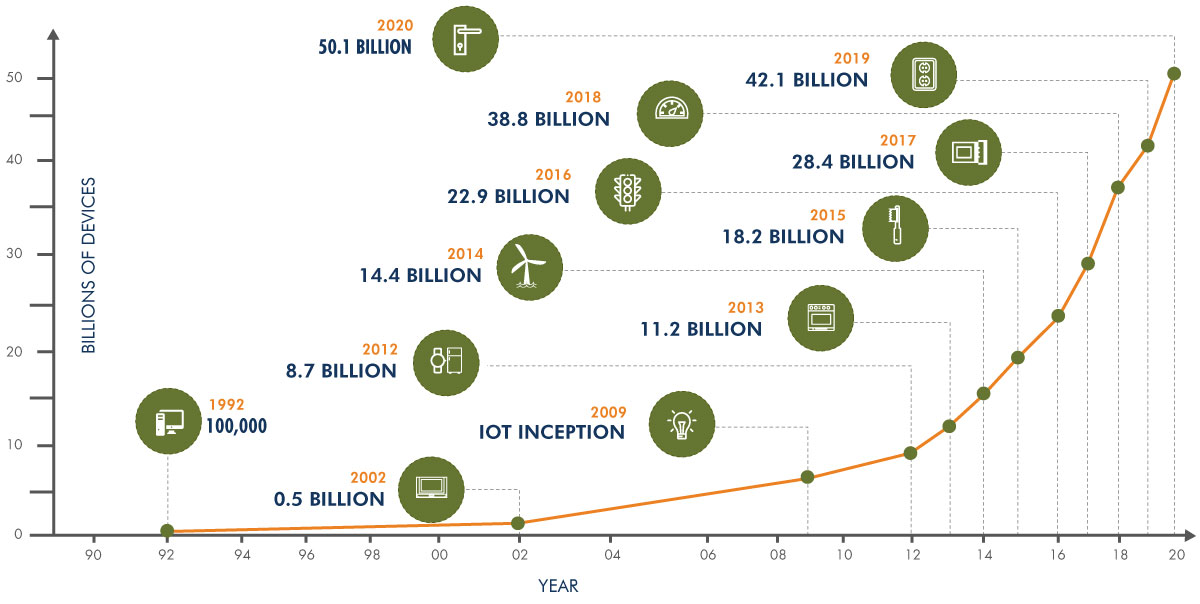Creational
These patterns provide a variety of object creation mechanisms that enhances
the flexibility and reuse of the existing code.
Architecture of Using Creational Design Patterns

Benefits of Singleton Design Pattern |
Benefits of Factory Design Pattern |
|---|---|
|
Saves memory for the creation of multiple objects |
Promotes loose coupling among multiple classes |
|
Multiple design options for object creation |
Allows child classes to manage the object creation |
|
Handles the concurrency issues in multi-threaded environment |
Promotes the abstract factory design pattern to resolve complex logic |
Structural
These patterns display the relationship among objects and classes
and concentrates on the design of framework.
Architecture of Using Structural Patterns

Benefits of Decorator Design Pattern |
|---|
|
Avoids static inheritance |
|
Adds feature instead of static loose coupling |
|
Restricts the traditional approach of sub-classing to add a feature in an object |
Behavioral
This pattern analyzes the behavior and responsibilities of an object and
manages the communication among the framework objects.
Architecture of Using Behavioral Patterns

As per the Chain of Responsibility design pattern, number of classes
handling the API request in API Testing framework
Benefits of Chain-of-Responsibility Design Pattern |
|---|
|
Decouples the request from the sender to receiver |
|
Manage multiple objects to handle the request at run-time |
Conclusion

Utilization of design patterns is like an investment - it initially takes time but provides key benefits like fewer unforeseen issue, clean code, and smooth execution of test scripts.
Have Suggestions?
We would love to hear your feedback, questions, comments and suggestions. This will help us to make us better and more useful next time.
Share your thoughts and ideas at knowledgecenter@qasource.com









